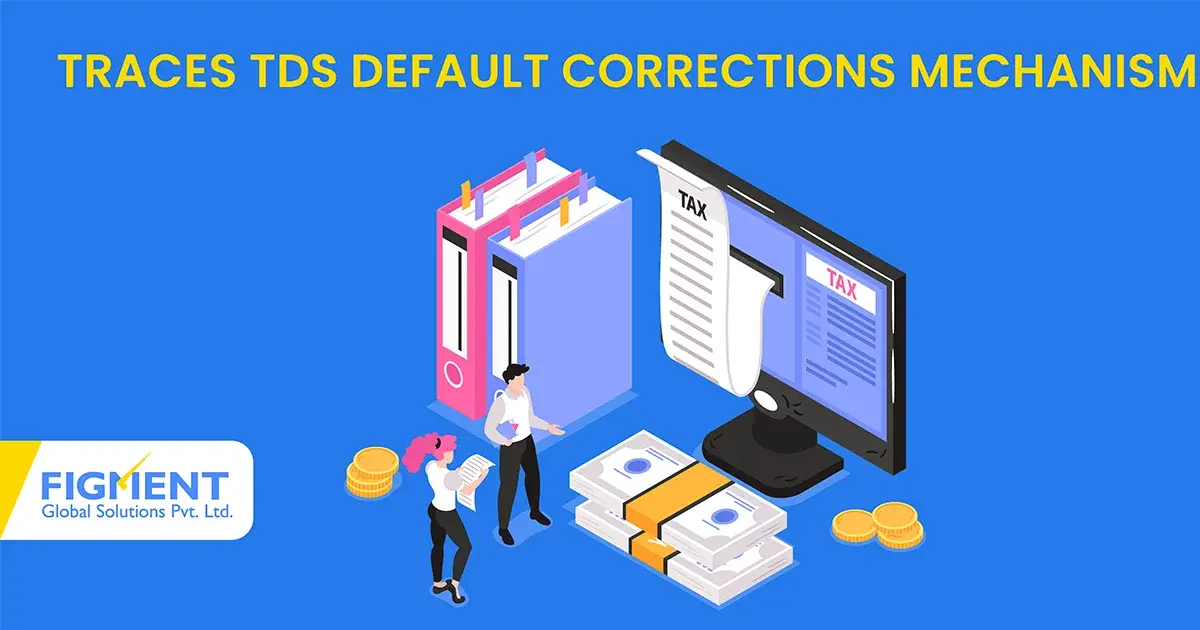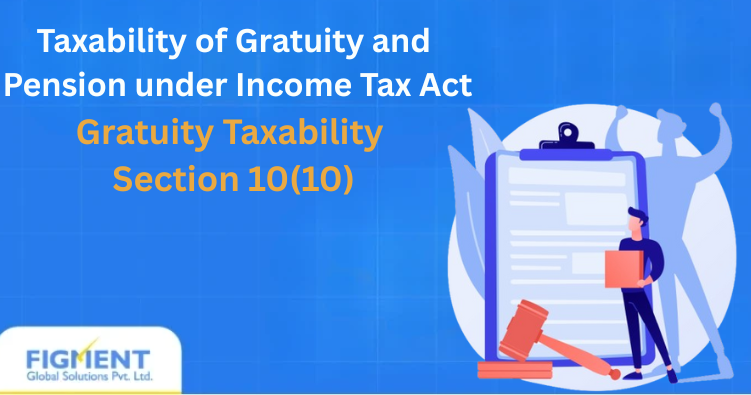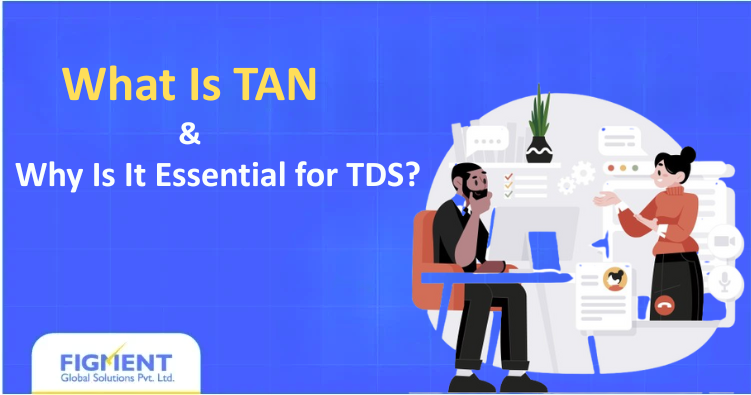Tax Deducted at Source (TDS) is a crucial aspect of the Indian tax system, ensuring that taxes are collected at the source of income. However, errors and defaults can occur during the filing of TDS statements. To address these issues, the Centralised Processing Cell (TDS) has introduced the TRACES (TDS Reconciliation Analysis and Correction Enabling System) platform. This blog post will guide you through the TRACES TDS Default Corrections Mechanism.
What is TRACES?
TRACES is an online platform developed by the Income Tax Department of India to facilitate the filing, correction, and reconciliation of TDS statements. It aims to streamline the TDS process, making it more efficient and user-friendly for deductors and taxpayers alike.
Common TDS Defaults
Before diving into the correction mechanism, it’s essential to understand the common TDS defaults that can occur:
- Late Filing Fee: Levied under Section 234E of the Income Tax Act, 1961, when the TDS statement is not filed within the prescribed due date.
- Short Deduction and Interest: Occurs when the TDS deducted is less than the required percentage.
- Late Deduction Interest: Applicable if the TDS is deducted after the date of payment or credit.
- Late Payment Interest: Levied when the deducted TDS is deposited after the due date.
- Short Payment Default: This occurs when the total payment made towards TDS is less than the required amount. It may result in interest and penalties under the Income Tax Act.
Correction Facilities
There are two types of correction facilities available:
- Online Correction Facility: TRACES provides an online correction facility to rectify errors in TDS statements. Here are the steps to use this facility:
- Registration: Ensure you are registered on the TRACES platform. Registration is mandatory to access the correction facility.
- Digital Signature Certificate (DSC): A DSC is required for making corrections. If you do not have a DSC, you can facilitate the correction through the TDS Assessing Officer.
1. Correction Process:
- Login: Log in to the TRACES portal using your credentials.
- Navigate: Go to the ‘Defaults’ tab and select ‘Request for Correction’ from the drop-down menu.
- Select Statement: Choose the TDS statement you wish to correct.
- Make Corrections: You can correct various fields such as PAN details, amount paid/credited, date of payment/credit, date of tax deduction, financial year, and property details.
- Submit: After making the necessary corrections, submit the request.
2. Offline Correction Facility Using RPU:
In addition to the online correction facility, TRACES also provides an offline correction mechanism using the Return Preparation Utility (RPU). Here are the steps to use this facility:
- Download RPU: Download the latest version of the RPU from the Protean e Gov Technologies Ltd website.
- Request Consolidated File: Request the consolidated TDS/TCS file from the TRACES portal. It usually takes one working day for the file to be made available for download.
- Open Consolidated File: Open the consolidated file using the RPU.
- Make Corrections: Update the necessary corrections in the utility. You can correct various fields, such as deductor details, challan details, and deductee details.
- Generate FVU File: After making the corrections, generate the File Validation Utility (FVU) file using the RPU.
- Submit Correction Statement: Submit the corrected statement to the TIN-FC (Tax Information Network Facilitation Centre) or upload it on the TRACES portal.
Advantages of Online and Offline Correction
Both online and offline correction facilities offer several benefits:
- Time-Saving: No need to request a consolidated file and wait for its availability. Corrections can be processed within 24 hours.
- Cost-Effective: TRACES does not charge any fee for online corrections.
- Effort-Saving: No need for additional software or physical media. Corrections can be made directly on the portal.
- Efficiency: Error-specific corrections are possible, enhancing the overall efficiency of the process.
Conclusion
The TRACES TDS Default Corrections Mechanism is a valuable tool for deductors and taxpayers, ensuring that TDS statements are accurate and compliant with the Income Tax Act. By leveraging both online and offline correction facilities, you can rectify errors promptly and avoid potential penalties.







